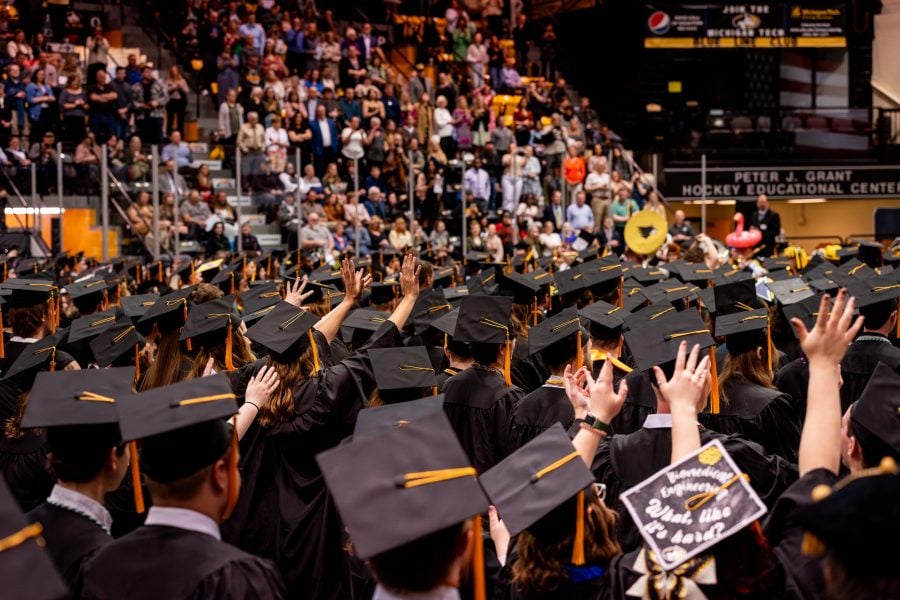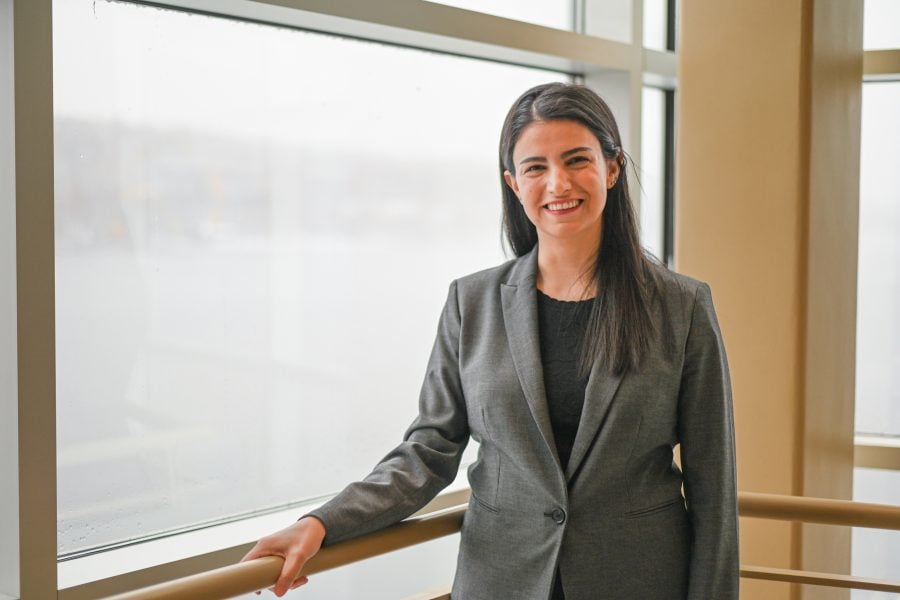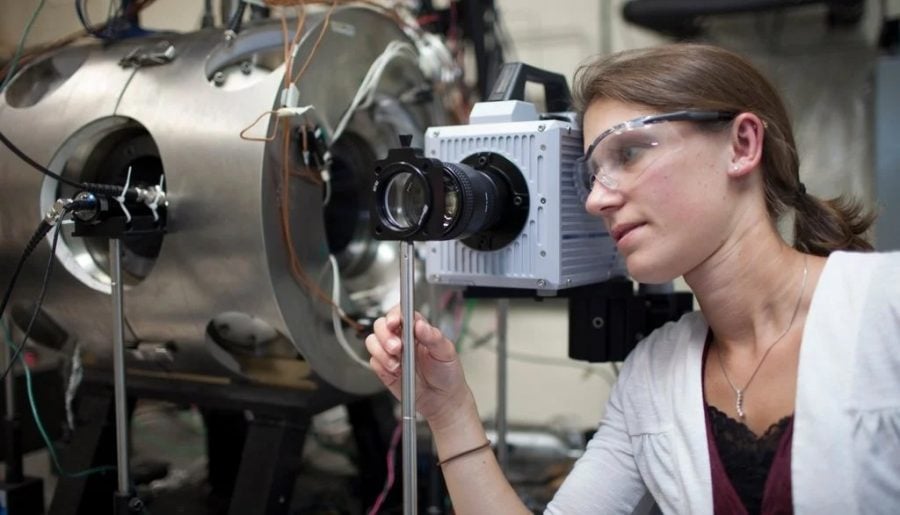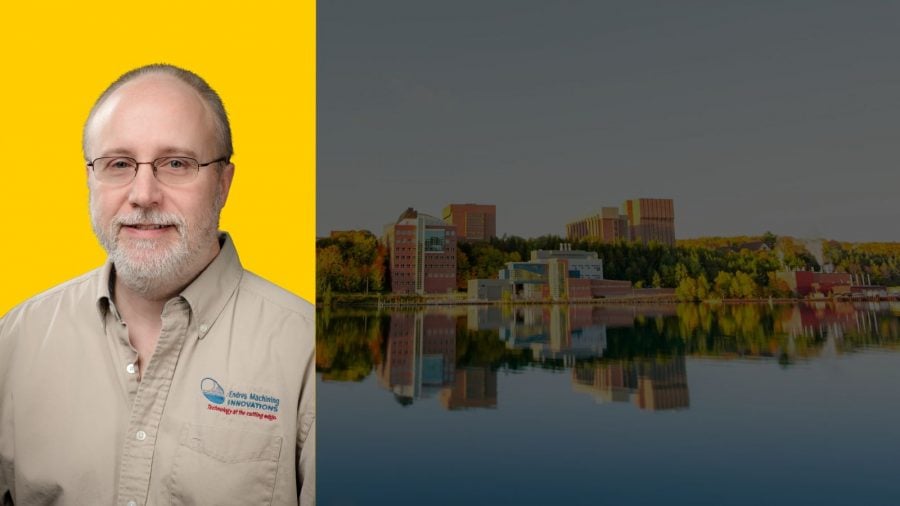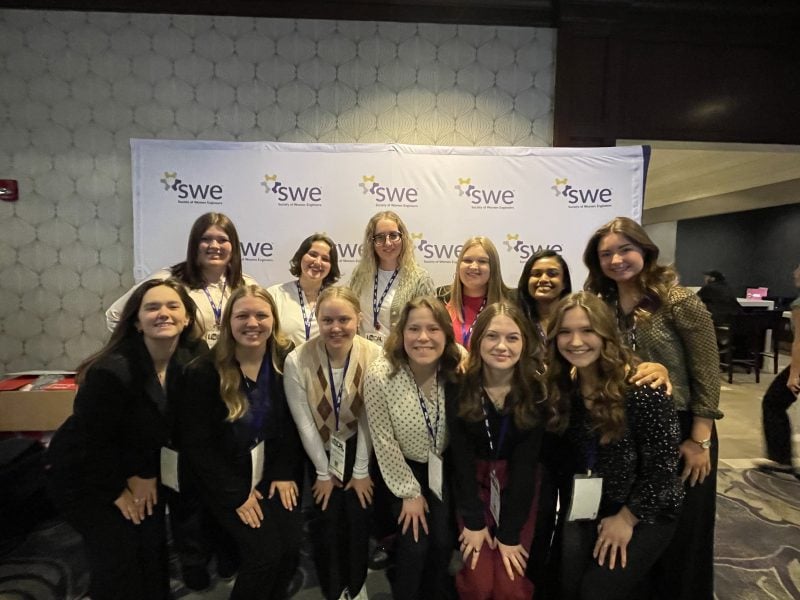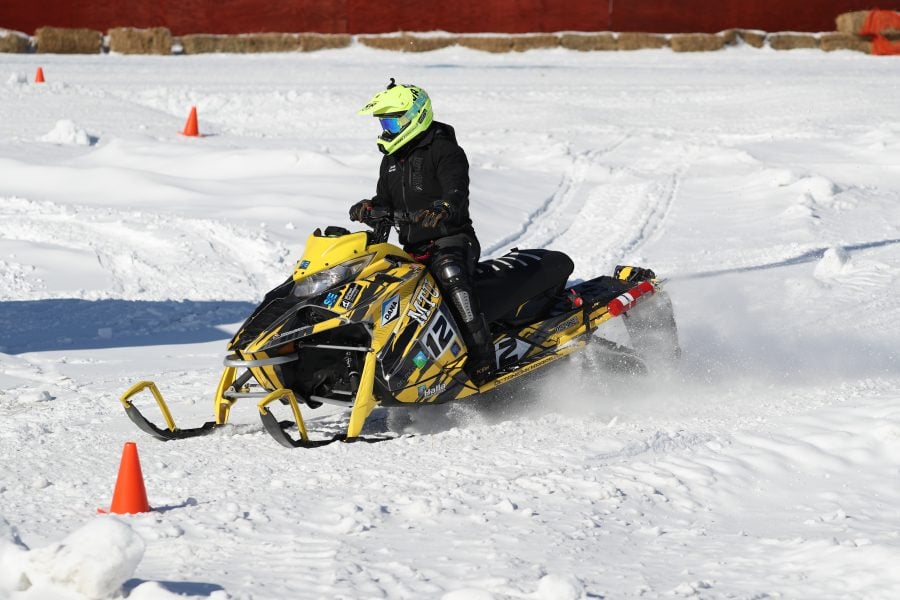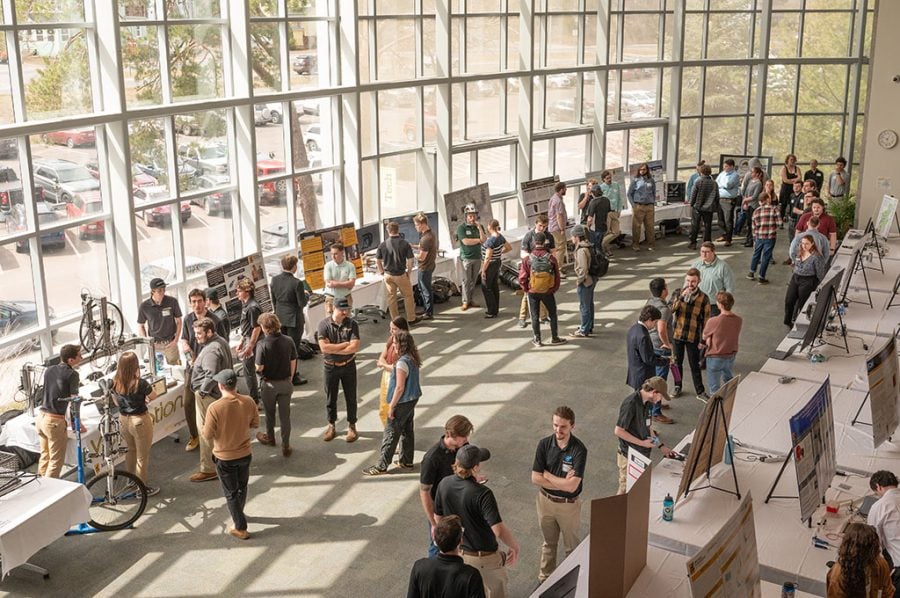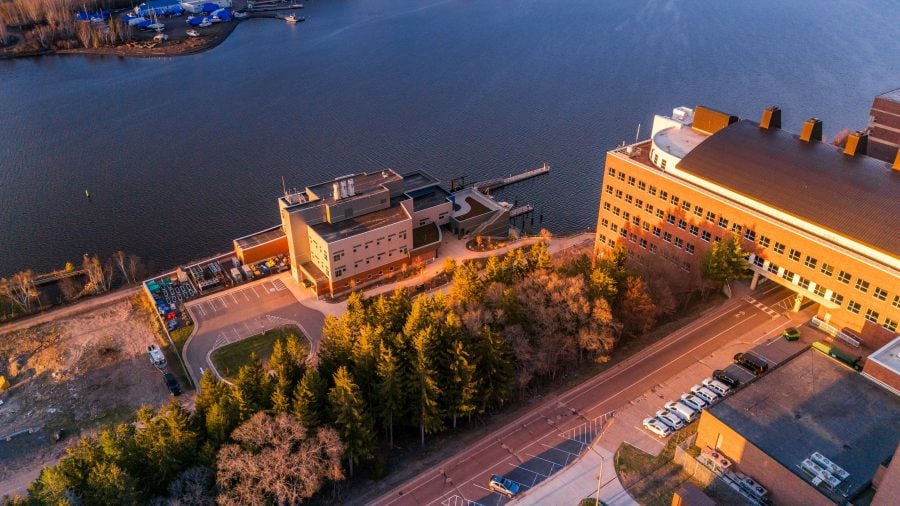
Audra Morse has been named the associate dean of academic affairs of the College of Engineering at Michigan Technological University, effective July 1.
Morse has served as chair of the Department of Civil, Environmental, and Geospatial Engineering (CEGE) since 2017 and previously served as interim dean of the College of Engineering for the 2023-2024 academic year. In her role as associate dean, Morse will support undergraduate curriculum, recruitment, and support across the college’s nine departments and further the college’s mission of delivering world-class education, leadership, and research.
